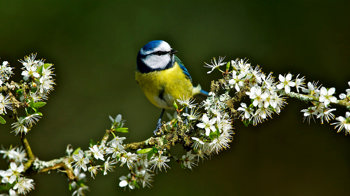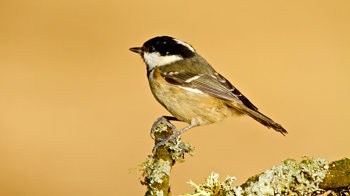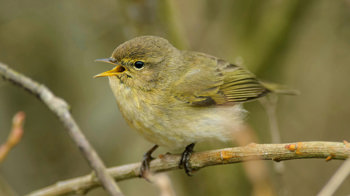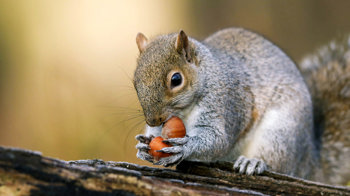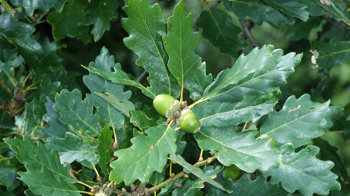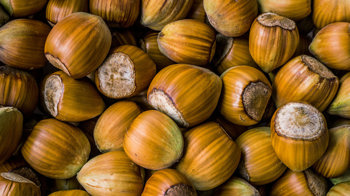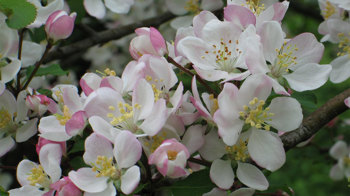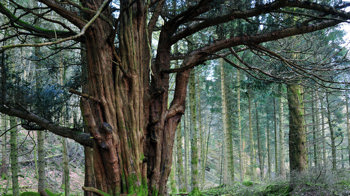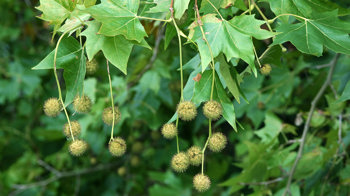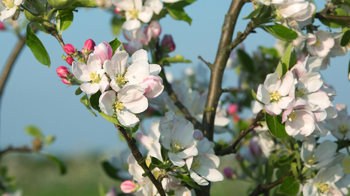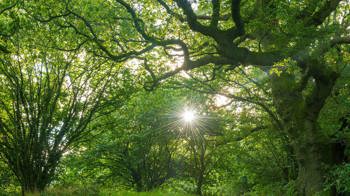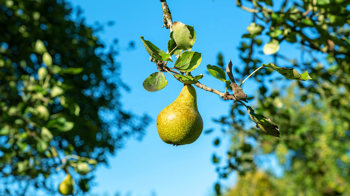About Bishops Knoll
History
Bishops Knoll is layered with a fascinating and vivid history. It was planted on the site of a deer park enclosed in the 13th century to provide venison for the Bishops of Worcester. It was then gifted by Henry VIII after the dissolution of the monasteries to Sir Ralph Sadler (portrayed in the BBC drama Wolf Hall).
It later became the grounds of a large, late-nineteenth century estate house called The Knoll, built by Bristol merchant Peter Prankerd. The house was knocked down in the 1970s, but during its heyday it had a fine entrance hall panelled in dark oak, which led to a large conservatory called the Winter Garden, a mirror-lined ballroom and a billiard room. A tennis court, a table-tennis chalet and horse paddocks were among the outdoor facilities, while extensive fruit and vegetable gardens, greenhouses, orchards, beehives and a dairy kept the house well supplied with food.
In the First World War, the now-demolished mansion became a makeshift hospital for Australian soldiers, set up and run by the then owner, Robert Edwin Bush, at his own expense. Robert had made his fortune in Australia as a sheep farmer and returned to England in 1904 as a multi-millionaire. He bought the house in 1908, and with his wife Marjorie turned the house into a hospital which treated more than 2,000 injured Australian servicemen.
After Robert's death in 1939, the house passed through various owners, becoming a hostel and then a school for nurses, until it was eventually demolished in 1972 with the grounds becoming overgrown. The land was then donated to the Woodland Trust by a building firm in 1983.
Restored features
Much of the terraced gardens, sloping arboretum, orchards, lawns and paddocks - with their network of pleasure paths - still remain today.
As you walk the wood you'll pass a number of remnant structures that hint at Bishops Knoll's rich past. Keep an eye out for:
- exquisite Victorian railings
- a tubular wrought iron pergola
- a flight of stone steps leading up to one of seven terraces
- a kitchen garden wall rebuilt by volunteers in 2018
- a now roofless Victorian folly - thought to have been a rather ornate privy!











